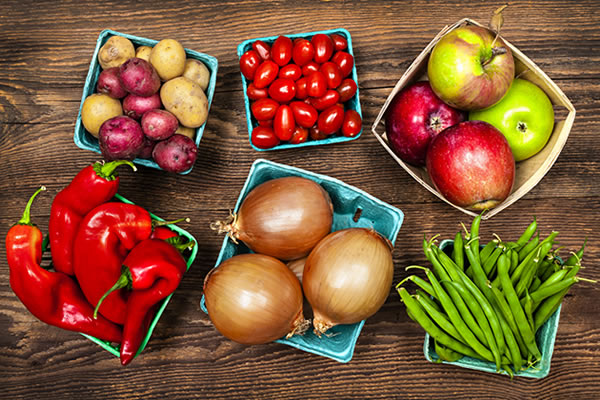Particularly with the additional stress of COVID, many of us are feeling a bit dragged out and not at our usual energy level. While there are many causes and contributors to low energy, nutritional factors should be considered in any chronic lack of energy. Please note that this is in no way meant to replace a thorough medical review, which is appropriate in any case where there is a change in energy or stamina. Here are a few possibilities if you are lagging…
- Iron deficiency – by far the most common reason for low energy in women of child-bearing age, also found in individuals of both genders with IBD (inflammatory bowel disease) and in long distance runners, among others. Iron deficiency should be suspected in any chronic tiredness, and should be confirmed by blood tests before iron supplementation is started. While it is possible to maintain good iron stores with a diet adequate in iron, it is extremely difficult to replete low iron stores with food alone, due to the poor absorption of iron in the gut, as well as lack of enthusiasm for some of the higher iron foods (can you say “liver”?)
- Vitamin B12 deficiency – although less common that iron deficiency, a deficiency of B12 affects the formation of healthy red blood cells and can affect your overall wellbeing and energy, as well as possibly contributing to numbness and tingling in the extremities. Those most at risk for B12 deficiency are vegans, individuals on medications to treat ulcers and gastroesophageal reflux disease (GERD)and those lacking intrinsic factor(IF) which is needed to absorb B12. As with iron, a B12 deficiency should be confirmed by a blood test; if you have a low B12 inspite of a good intake of B12-rich foods and/or oral B12 supplement, you may require B12 injections.
- Inadequate calorie intake – simplistically put, our bodies are machines which require food as fuel to work properly. If you are chronically short on calories, which are units of energy, you will have a hard time keeping your energy at its optimal level. Very low calorie diets, done either deliberately to lose weight, or by accident due to poor appetite, or a too-busy schedule, can translate into lack of pep as well as mood changes as your body attempts to continue to function without adequate fuel. Make sure you are listening to your body and fueling it appropriately. Contact me if you need help figuring out what that means for you!
- Poor timing of meals and snacks – it makes sense to eat to fuel peak activity, which for most people is mornings through early afternoon. Many people have a habit of eating very little early in the day then taking in most of their food after 3 PM. As well as missing the opportunity to provide your body and brain with the varied nutritional components needed for health, this later eating usually involved foods that are lower in fibre, vitamins and minerals and higher in fat and refined carbohydrates. While there is no “one size fits all” when it comes to eating, if you are finding your energy is less than what you want with the eat-more-later pattern, you may want to experiment with eating smaller meals starting earlier in the day.
- Poor food choices – a diet heavy in caffeine, refined sugar and simple carbs tends to give quick energy which is not well sustained as these substances are metabolized quickly. Excessive caffeine throughout the day can also contribute to poor-quality sleep which leads to daytime fatigue and poor energy. Emphasis on lean and plant-based protein sources, complex carbohydrates and fruits and vegetables leads to more sustained energy, overall better wellbeing and increased mental acuity. In the long term, a diet in the basic building blocks for health can lead to deficiencies and chronic health issues.
If you are struggling with poor energy and suspect dietary causes, contact me through my website and set up an introductory call to see if I can help you get a bit more pep in your step!












